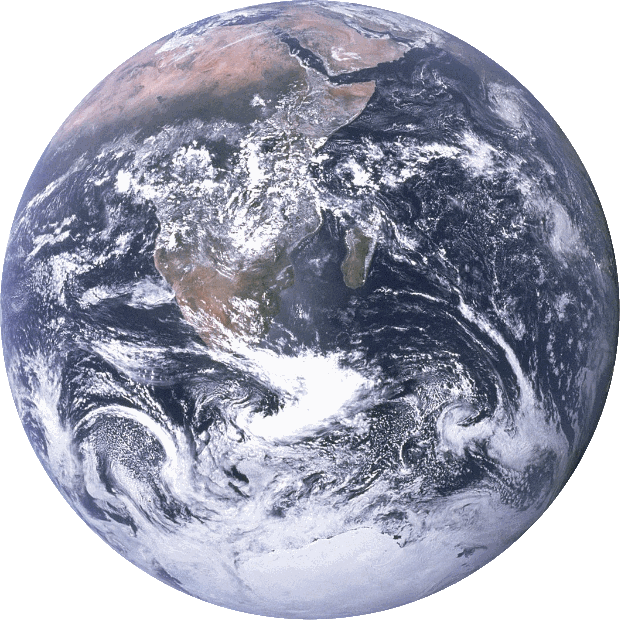DOI: 10.14466/CefasDataHub.125
Biotope (macrofaunal assemblage) map and associated confidence layer based on grab and core data from 1976 to 2020
Description
Two vector (.shp) files are provided. The first, (macro assemblages.shp) shows the modelled (random forest) macrofaunal assemblage type based on a clustering of abundance data from the OneBenthic database (see https://sway.office.com/HM5VkWvBoZ86atYP?ref=Link). The second file, (macro assemblages confidence.shp) shows associated confidence in the modelled output, with darker shades (high values) indicating higher confidence and lighter shades (lower values) indicating lower confidence. Both layers can be viewed in the OneBenthic Layers tool (https://rconnect.cefas.co.uk/onebenthic_layers/), together with further details of the methodology used to produce them.
The modelled layer for macrofaunal assemblage is based on a random forest modelling of point sample data from the OneBenthic (OB, https://rconnect.cefas.co.uk/onebenthic dashboard/) dataset, largely following the methodology in Cooper et al. (2019), but with an expanded dataset covering the Greater North Sea and including data from the EurOBIS (https://www.eurobis.org/) data repository. Of the 44,407 samples within OB, we selected a subset of 31,845 for which data were considered comparable (i.e. sample acquired using a 0.1 m2 grab or core, processed using a 1 mm sieve and not taken from a known impacted site). Colonial taxa were included and given a value of one. To take account of potential differences in taxonomic resolution between surveys, macrofaunal data were aggregated to family level using the taxonomic hierarchy provided by the World Register of Marine Species (https://www.marinespecies.org/). This reduced the number of taxa from 3,659 to 750. To address spatial autocorrelation in the data, and in keeping with the previous approach, samples closer than 50 m were removed from the dataset, reducing the overall number to 18,348. A fourth-root transformation was then applied to the data to down weight the influence of highly abundant taxa. Data were then subjected to clustering using k-means. A species distribution modelling approach, based on random forest, was then used to model cluster group (i.e. macrofaunal assemblage or biotope) identity across the study area (Greater North Sea). Cross-validation via repeated sub-sampling was done to evaluate the robustness of the model estimate and predictions to data sub-setting and to extract additional information from the model outputs to produce maps of confidence in the predicted distribution, following the approach described in Mitchell et al. (2018). The cross-validation was done on 10 split sample data sets with 75% used to train and 25% to test models, randomly sampled within the levels of the response variable to maintain the class balance. The final model output was plotted as the cluster class with the majority vote of all 10 model runs. An associated confidence map was produced by multiplying map layers for 1) the frequency of the most common class and ii) the average probability of the most common class. Model outputs are used in the OneBenthic Layers Tool (https://rconnect.cefas.co.uk/onebenthic_layers/).
Cooper, K.M.; Bolam, S.G.; Downie, A.-L.; Barry, J. 2019. Biological-based habitat classification approaches promote cost-efficient monitoring: An example using seabed assemblages. J. Appl. Ecol. 56:1085–1098. https://doi.org/10.1111/1365-2664.13381
Mitchell, P.J., Downie, A.-L., Diesing, M. How good is my map? 2018. A tool for semi-automated thematic mapping and spatially explicit confidence assessment. Env. Model. Softw. 108, 111–122. https://doi.org/10.1016/j.envsoft.2018.07.014
Contributors
Cooper, Keith / Downie, Anna / Vandepitte, Leen
Subject
Benthos / Biodiversity / Biota abundance, biomass and diversity / Habitat characterisation / Invertebrate / Model
Start Date
16/11/1976
End Date
09/08/2020
Year Published
2022
Version
1
Citation
Cooper et al (2022). Biotope (macrofaunal assemblage) map and associated confidence layer based on grab and core data from 1976 to 2020. Cefas, UK. V1. doi: https://doi.org/10.14466/CefasDataHub.125
Rights List
DOI
10.14466/CefasDataHub.125


